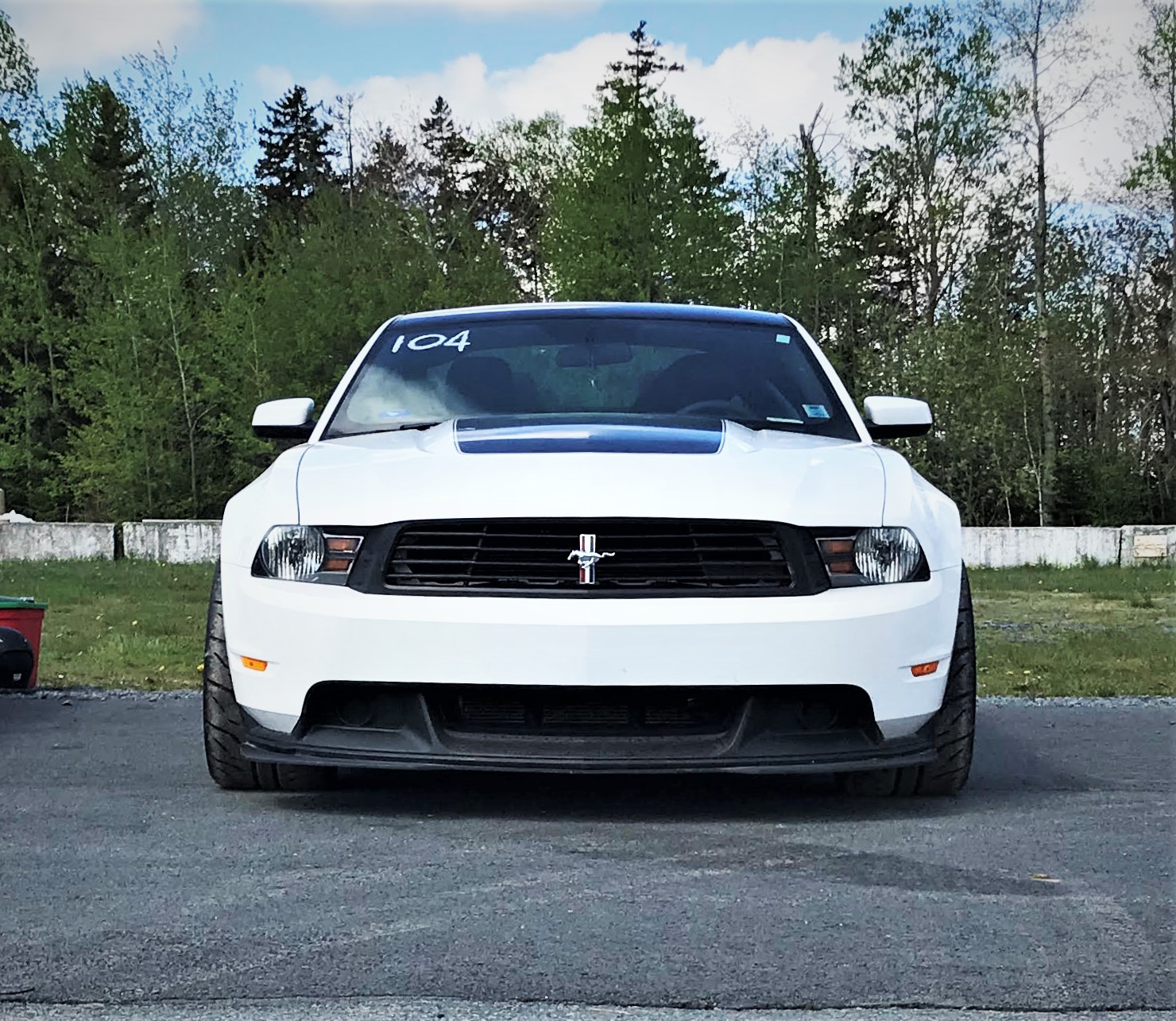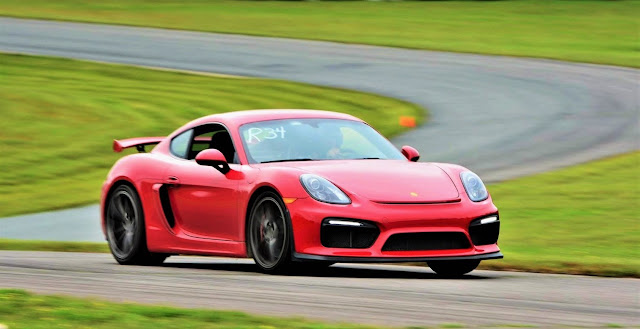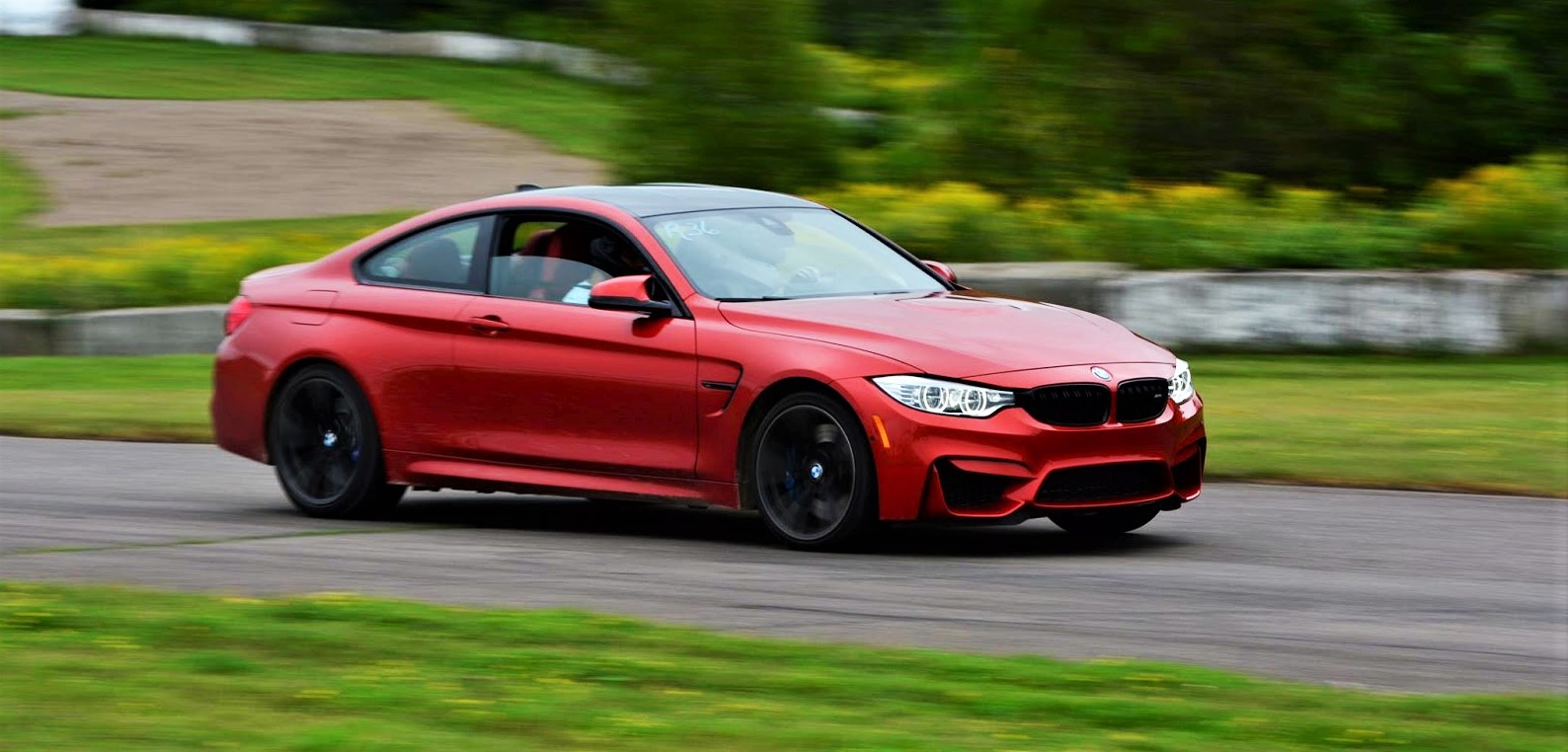Well, it seems we are closer than ever to finding out the answer to that question. American Trucks recently got together two crew cab, short box, 4x4 F150's but one has the 5.0 litre V8 and the other has the 3.5 litre EcoBoost V6. There has been a few comparisons between 5.0 litre and 3.5 litre EB F150's, but this seems to be the most direct side-by-side comparison including 1/4 mile and dyno runs, stock vs stock and tuned vs tuned. Now, the F150 version of the Coyote 5.0 litre V8 is a little different.
It is a little better suited to truck duty thanks to more low end torque and an earlier torque peak. The Mustang 5.0 litre has different cams and intake manifold to allow better breathing at higher rpms for much higher peak hp (460 hp vs 395 hp in the F150) but that comes at the expense of a little less low end torque. That should also make it a little more tuneable, allowing it to pick up more power with a tune, so a tuned Mustang 5.0 might have a bit of an advantage compared to a tuned F150 5.0. There are other changes too in the F150 that have minimal effects on performance, but with all of that said, this may be the best way to find out how a 3.5L EcoBoost might compare to the 5.0L in a Mustang. Watch below to find out.
Source: American Trucks














Comments
Post a Comment